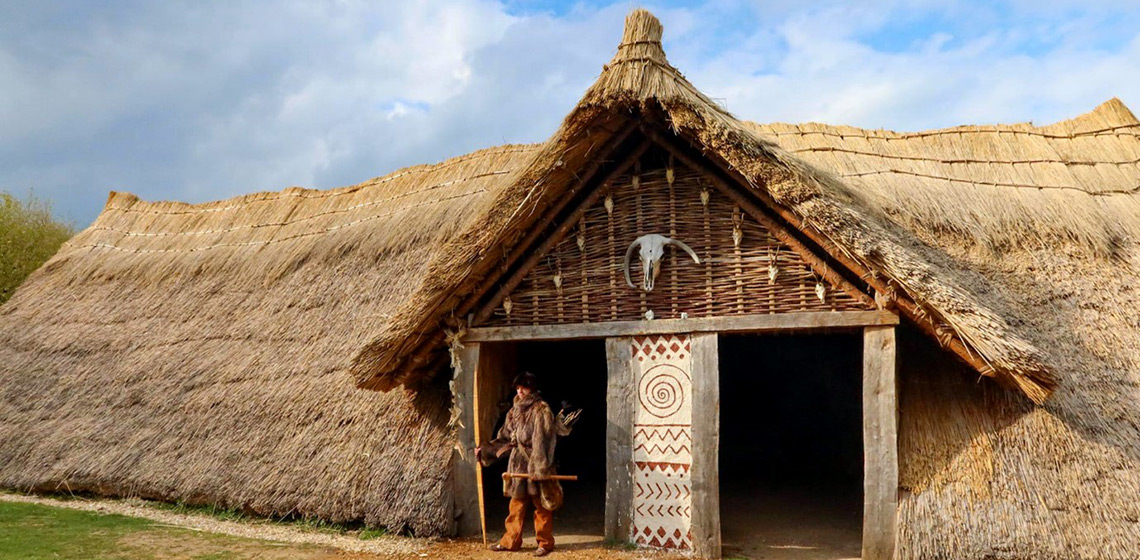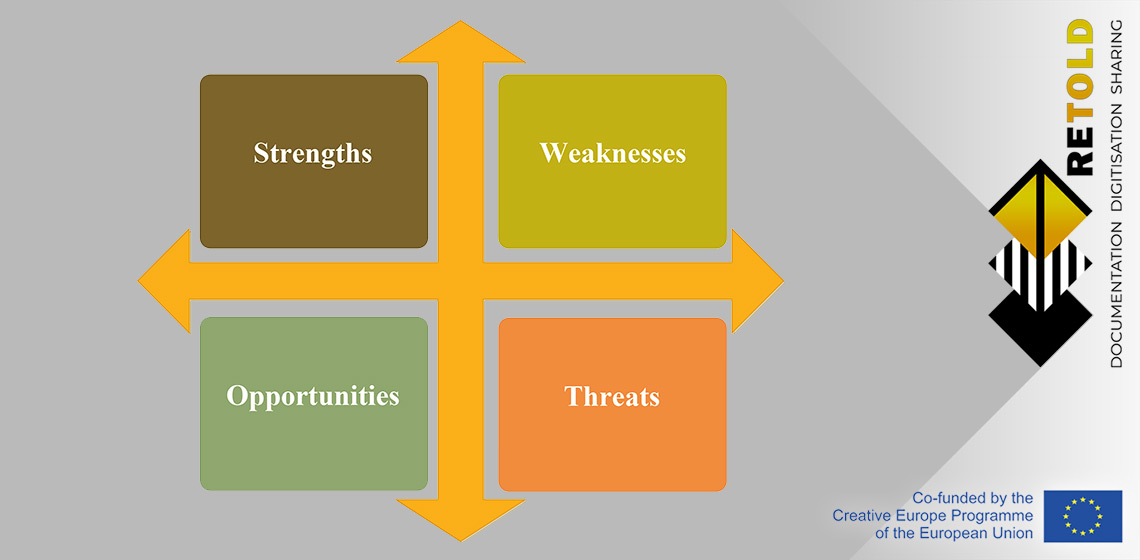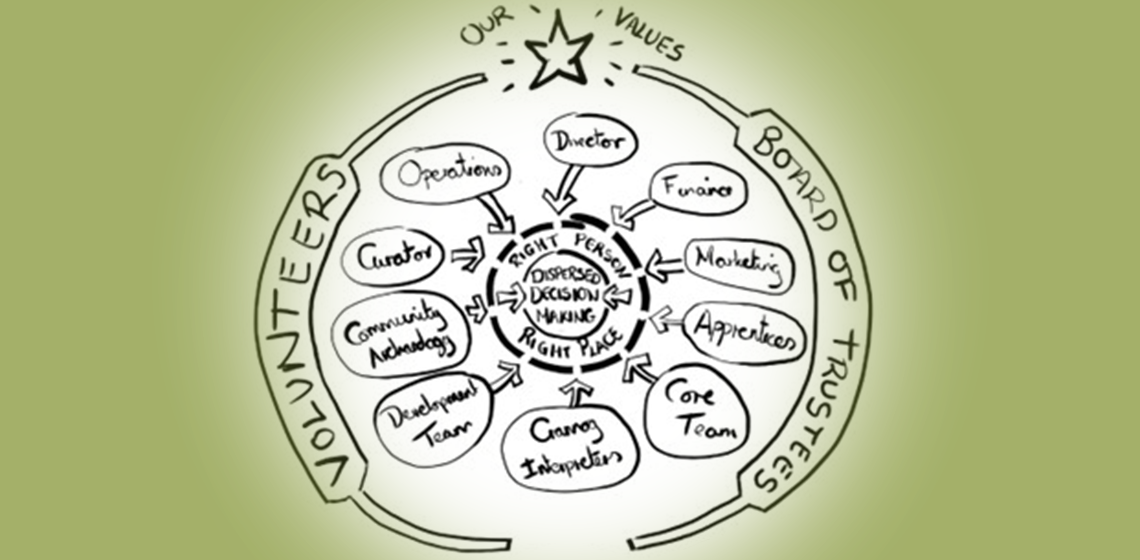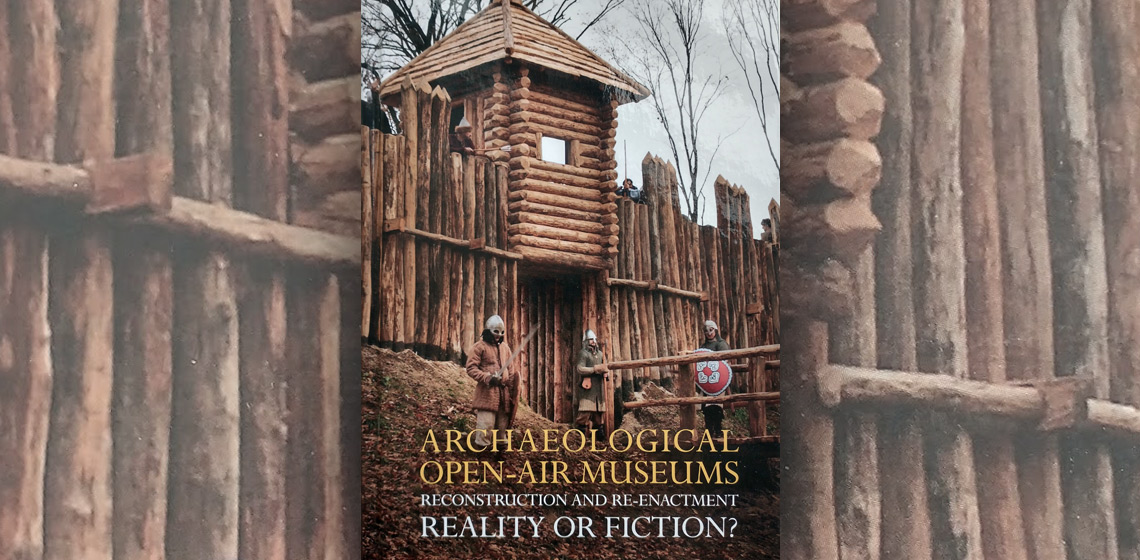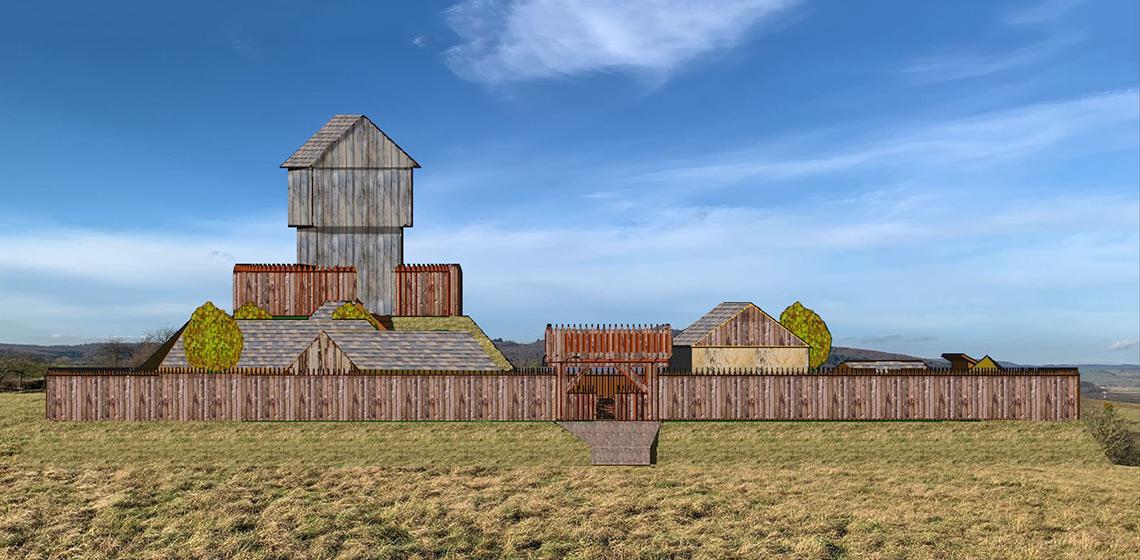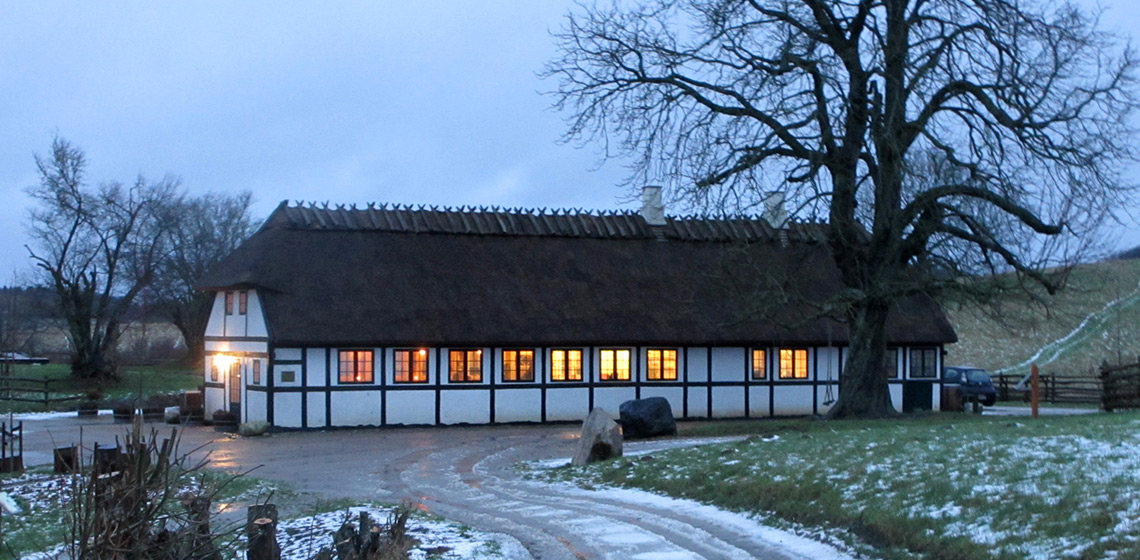Crossing Borders and Eras: the adventures and experiences of three Romanian Archaeology Students in two European Open-Air Archaeology Museums: preHistorich Dorp (NL) and Butser Ancient Farm (UK)
Introduction: How we got there?
This paper provides a brief overview of our experiences during internships conducted in July and September 2023 within two renowned archaeological Open-Air Museums. Our shared passion for experimental archaeology led us on this adventure, driven by a desire to contribute to the proper development of this field in our country, where it is not as popular among archaeologists as it should be. What better places to learn by doing and draw inspiration than these two Museums?


